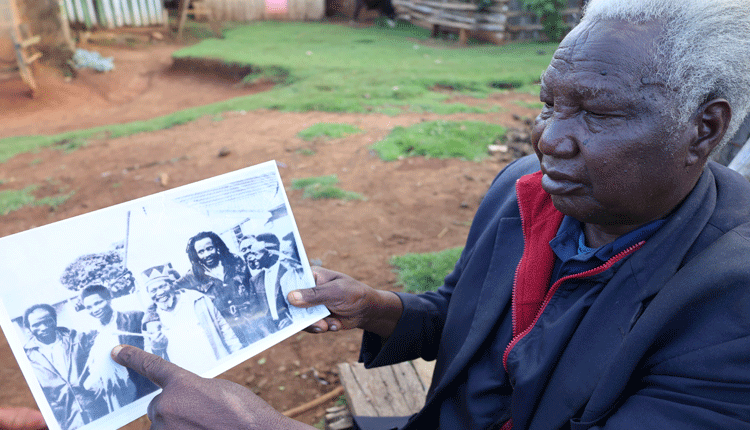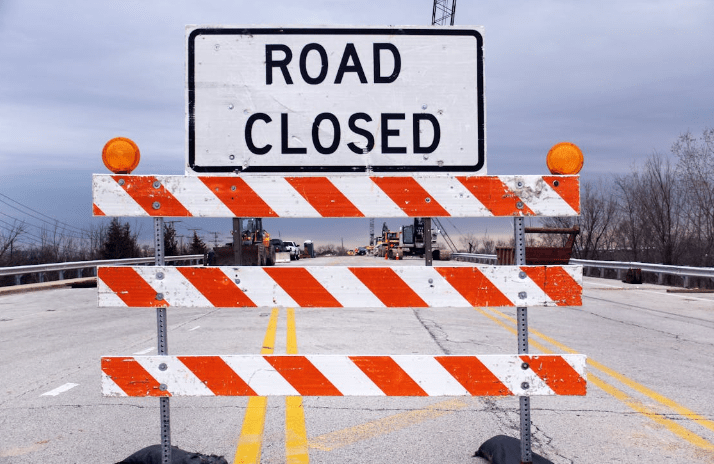How Field Marshal Mwariama duped British colonialists

During the twilight years of the British empire, the biggest challenge for colonial hegemony was the Kenyan independence war waged by the Mau Mau.
Determined to keep their grip on Kenya, which they saw as the crown jewel of their empire in Africa, the British launched a merciless reprisal to subdue anyone whom they suspected of having the audacity to challenge the white settler power in Kenya.
Ruthless campaign to turn down the tide of independence struggle lasted for almost a decade and saw communities uprooted, wanton killings of ordinary people and execution of many of those who took up arms to fight for freedom.
Mau Mau leaders were hunted down by colonial government forces, with many captured to be executed or jailed and tortured.
Highest ranking Mau Mau leader by 1956, Field Marshal Dedan Kimathi, was captured and hanged after a short trial.
But even as the British rained down unrelenting terror to subdue Kenyans, there were Mau Mau fighters who outsmarted them and kept the armed independence struggle alive until the end of the reign of the settlers in Kenya.

One of the most memorable occasions in the days preceding independence on December 12, 1963 was when armed Mau Mau fighters came out of their bases to be received by Government officials.
Most famous
Most famous of the images of these occasions was that of Mzee Jomo Kenyatta being embraced by a tall Mau Mau fighter with long dreadlocks.
He was Field Marshal Musa Mwariama. He was the highest ranking fighter, who never surrendered and was never captured or killed by the colonial government.
His reputation as a revered armed independence struggle hero was evident when Mzee Kenyatta, then the Prime Minister, chose to welcome him personally.
Mwariama rose from the rank of General to that of Field Marshal after the capture and killing of Kimathi.
He joined the armed struggle a year before the colonial government declared the 1952 Emergency that unleashed untold suffering and terror in the country.
During the colonial reprisals against the independence struggle, the British were able to reduce the momentum of armed resistance in the western parts of Mt Kenya through the use of brute force and destruction.
However, on the Meru side of Mt Kenya, there were Mau Mau fighters whom the British could not capture or kill despite many encounters between them and forces of the colonial government.
Mwariama was the highest ranking of the Mau Mau commanders in the Meru front. Others included General Baimungi and General Ruku among others.
Towering height
From the day in 1951 when he vowed to fight for freedom until December 1963 when he emerged from his last command base a few kilometers from Timau on the slopes of Mt Kenya, Mwariama never stopped fighting.
In one encounter with the British forces in Kina in Meru, he is said to have lost close to 500 fighters.
In the battle, he sustained seven gun shot wounds but escaped and survived to continue his fight against the British.
With his towering height and constantly searching glances, the Field Marshal had a hypnotising and intimidating appearance.
Besides being charismatic, those who fought alongside the hero remember him as an intelligent man who never trusted blindly. Mwariama’s real name was M’Kirigua M’Muchiri. He was born in 1924 in Muthara location, Tigania division in Meru county,
Brigadier Joseph Mwenda, who was his personal aide and bodyguard, says that while the British were able to clamp down on the majority of the leaders of Mau Mau, Mwariama was able to wage war against them until the end of their reign in Kenya.
He said Mwariama relied on his superior intelligence to lay down strategies for successful attacks against the colonial settlers and administrative outposts in the region.
“When the British started carrying out air strikes on areas that they thought were bases of the Mau Mau, we used decoys to keep them busy.
They used to carry out the strikes at night, so we would light fires in the forests away from our bases and they would keep on dropping bombs on those targets for the whole night,” says Brigadier Mwenda.
“What they never knew was that we never slept at night. While they targeted forests and slopes of the mountain, we were on the move conducting operations against the settlers and colonial government positions.”
The 91-year-old recalls that those who were under the command of Mwariama were taught to survive without eating cooked food.
Mau Mau veteran, who has been feted as a national hero and awarded the Mashujaa Medal, says they avoided cooked food to enhance their natural senses.
“We were taught that a diet without cooked food increases the sense of smell and also reduces body odour, making it harder for trackers to pick up our scent.
We ate fruits, tubers like sweet potatoes and unripe maize,” says the Brigadier.
Best trained
Mwariama never let down his guard and that was one of the main reasons why the British never succeeded in trapping him.
According to Brigadier Mwenda, there were four layers of security to guarantee the safety of Mwariama and his command base at any given time.
First layer was the Special Scouts, who always monitored the surrounding areas and also kept their ears on the ground.
Second was the guards who surrounded the vicinity of the location of the Field Marshal.
They were the first contact for anyone approaching the leader’s location and they would mount the first engagement if those approaching were foes.
Third ring of security was the biggest and was composed of the main force at the base.
Fourth ring was smaller than the third and was composed of the senior ranks of the fighters who were also the best trained and experienced.
Friendly visitors also had to contend with the several levels of security. Before the Field Marshal and other Mau Mau leaders like General Baimungi agreed to come out of their bases ahead of Kenya’s first Jamhuri Day, Mzee Kenyatta made several attempts for his message to be heeded.
Official government communication was released through public broadcasts and through government representatives throughout the country for any Mau Mau fighter still in their bases to come out since the colonial government had agreed to end its presence in the country.
When it was evident that Mwariama and the other top leaders of the movement were not responding to the messages, Mzee Kenyatta sent personal emissaries to meet them.
Jesse Kariuki, the mysterious independence struggle operative who was regarded by many as invisible, led the delegation that was sent to deliver Mzee Kenyatta’s message to Mwariama.
Main reason
Brigadier Mwenda recalls that Kariuki and his company had to pass through all the security layers before getting the opportunity to meet the Field Marshal.
Meeting happened at Ntirimiti cave, which is a short distance from Timau along the Nanyuki—Isiolo highway.
After the meeting, Field Marshal and eight of his men traveled to Nairobi to meet Mzee Kenyatta.
Mzee Kenyatta hosted them at his Gatundu home where he presented the Field Marshal with the Kenyan flag and reassured him that the nation was now free.
Mwariama’s death in 1989 was paradoxical. For a man who survived bullets and deadly traps of the colonial government for more than a decade, he died from the effects of snake poison he sucked from the leg of a friend who was bitten by a snake.
Joel Mwariama, his son, says his father traveled to Ukambani with a friend and during the trip his friend was bitten by a venomous snake.
His father decided to suck the poison out of his friend’s leg but little did he know that he had tooth cavities.
Mwariama later succumbed to the snake bite and was buried at his home in Kiambogo, a short distance from the Ntrimiti Cave, the last base he operated from during the armed struggle. Presidential Library and Museum – Kenya







